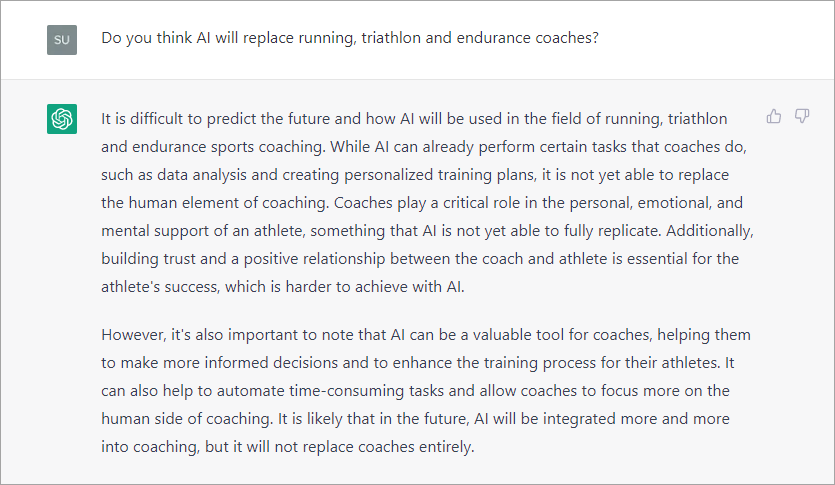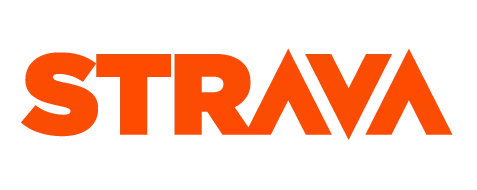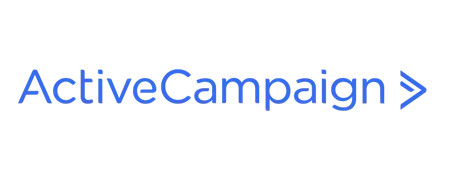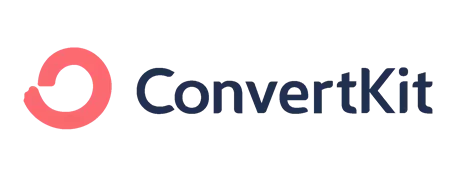AI in coaching has been around for quite a while, but until now, it just hasn’t been that good.
Things are now changing, and fast.
With AI technology advancing at a new rapid pace, I’ve been wondering if AI will eventually replace human coaches in the world of endurance sports. From analyzing data to creating personalized training plans, there are a lot of things AI is starting to do pretty well. But when it comes to coaching, it's not just about following a plan, it's about the relationship between the coach and athlete.
Will AI replace coaches?
In my opinion, yes and no, it will depend on what your skills are and your ability adapt and grow as a coach.
In this post we’ll cover what AI is already good at and not so good at, and also discuss what you as a coach can do to protect yourself and your business as AI advances.
The coaches that will fare the best will be the ones willing to adopt what AI is good at but at the same time double down on the human relationship, motivational and community side of coaching.
The Latest AI Tech - Chat GPT
Over the last few weeks and months the tech world has been in a bit of a spin about the latest AI tech released by a company called OpenAI. It’s called ChatGPT and is probably one of the most powerful publicly available AI tools.
The basics of ChatGPT is that it’s a conversational AI interface that enables you to ask it questions about pretty much anything from ideas for blog posts to generating computer code to run specific tasks. If you don’t like it’s answers then you can suggest changes in approach or ideas and it will give you some updated responses.
It’s like having a really smart colleague you can run ideas by, get feedback and work together until you have some usable output.
I asked ChatGPT if it thought AI would replace running, triathlon and endurance coaches.
I liked it’s answer and totally agree.
Although Chat GPT is not an AI based endurance coaching tool, it’s rapid advancement is a sign of things to come.
One thing I and lots of other people using it have discovered though, is that it sometimes get’s things wrong. However, the only way you can tell what’s wrong and what’s right is if you have a lot of knowledge on the specific topic yourself. For example, I asked it to provide some code for some very specific programming tasks with specific inputs and outputs. As an experienced developer I could easily pick up it’s mistakes in the generated computer code.
If you were to ask it specific questions about coaching and data analysis you’d also probably pick up on some of it’s mistakes or omissions.
For now it’s more like an assistant than a replacement.
Let’s dig in more specifically to AI in the field of endurance coaching.
AI and Endurance Sport Coaching
Let's start with the good stuff, AI is pretty good at analyzing data. With all the fancy wearables and tracking devices out there, coaches can collect a ton of information on an athlete's performance. AI can then dig through all that data and find patterns and make predictions about future performance. For example, an AI coach could use data on an athlete's heart rate variability to figure out the best time of day for them to train.
Another way AI is being used is in creating personalized training plans. By looking at an athlete's data and taking into account things like goals, fitness level and injury history, an AI coach can create a plan that's tailored to their specific needs. This can help athletes reach their goals faster and more efficiently.
But here's the thing, while AI can do all these things pretty well, it still can't replace the human element of coaching. A coach's role goes beyond just giving a training plan or analyzing data. They're also a mentor, motivator and support system for the athlete. They understand the athlete's mental and emotional state and can provide guidance and encouragement during the tough moments of training and racing. Plus, coaches can give feedback and make adjustments to the plan as needed, something AI can't do well yet.
Moreover, coaching is not just about giving a plan but also about building trust and a positive relationship between the coach and athlete. Athletes are more likely to follow a plan and trust the coach's advice if they feel a personal connection with them. AI, on the other hand, can be seen as cold and impersonal, which may make it harder for athletes to develop the same level of trust.
How Should Coaches React?
Overall coaches should embrace what AI is good at and develop their own skills and expertise around the things that AI isn’t so good at.
Embrace technology: Instead of fearing the rise of AI, coaches should embrace it and learn how to use it to their advantage. This isn’t just specific to AI based coaching tools but all AI tools built to make any type of tasks faster and easier to complete.
Develop specialized skills: Coaches can differentiate themselves from AI-based solutions by developing specialized skills that AI cannot replicate. For example, they can focus on building strong relationships with their athletes, providing emotional support, and developing their mentorship skills.
Communicate the value of human coaching: Coaches should make it clear to their current and potential clients that while AI can perform certain tasks, it cannot replace the human element of coaching. Highlighting the unique value that human coaches can provide is key to standing out in a market that includes AI-based options.
Create a community and relationships between athletes: By fostering a sense of community and camaraderie among their athletes, coaches can create a loyal client base that is more likely to stick around. This can be done through regular check-ins, group coaching programs, and social events.
By embracing technology, developing specialized skills, highlighting the value of human coaching, and building community, coaches can leverage the power of AI while also protecting their businesses.
At Training Tilt, we understand the importance of balancing the use of technology with the human touch of coaching. That's why we are actively exploring ways to integrate AI technology into our platform to assist coaches in providing top-notch training for their clients. By leveraging AI for coaching but also general and administrative tasks, coaches can save time and effort and focus more on the crucial human aspect of coaching. We believe that this approach will help coaches to be more efficient and effective in their work while still maintaining the unique value that only human coaches can provide.
AI is definitely making rapid advancements, but it's not ready to replace human coaches just yet. While some AI tools can analyze data and create personalized training plans, it still can't replace the personal touch and emotional support that a human coach can provide. So don't worry coaches, you're not becoming obsolete just yet.
Take our Free "Authentic" Marketing Course for Coaches
Designed for endurance sport coaches. Marketing doesn't need to be pushy. The best marketing simply creates a win-win relationship between you and your customers. Take the simple 6 part course to learn more.














